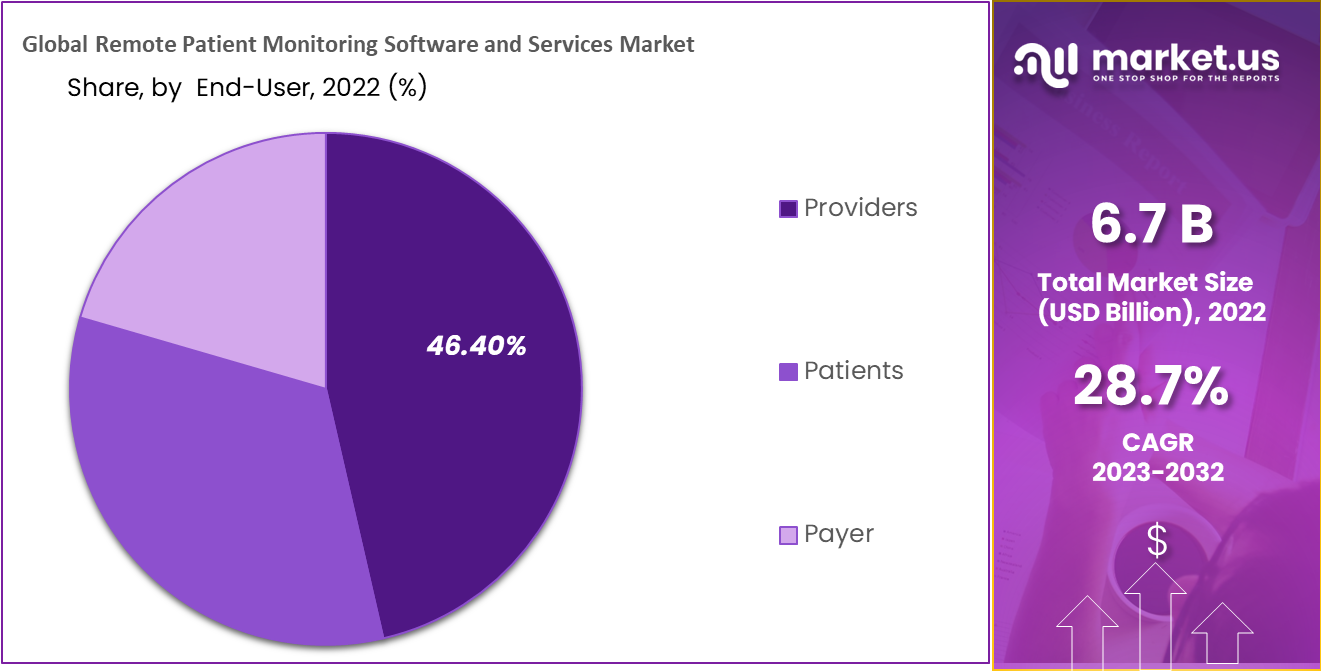Selecting the Best Remote Patient Monitoring Software: Secret Considerations
Selecting the Best Remote Patient Monitoring Software: Secret Considerations
Blog Article
The Future of Medical Care: Remote Patient Checking Streamlined
As medical care proceeds to progress, one location that holds enormous assurance is remote patient monitoring. With an emphasis on enhancing patient outcomes and improving health care delivery, remote monitoring is poised to revolutionize the industry.
Advantages of Remote Patient Monitoring
Remote individual surveillance provides a wide range of advantages for both health care service providers and patients alike. Furthermore, remote person monitoring improves the total high quality of treatment by giving a much more alternative and thorough view of people' health and wellness status beyond conventional in-person sees.
In addition, remote individual surveillance can lead to enhanced individual end results and complete satisfaction. Individuals can appreciate the convenience of receiving care in the comfort of their own homes while still understanding that their health and wellness is being very closely checked. This can cause increased patient engagement and adherence to treatment plans, ultimately resulting in better health outcomes. Additionally, remote tracking can minimize the requirement for regular healthcare facility brows through, decreasing medical care prices for both individuals and carriers. On the whole, the benefits of remote individual tracking are clear, making it a useful tool in modern medical care distribution.
Innovation Driving Remote Monitoring
In the realm of modern-day health care, technological innovations play a critical role in driving the advancement and efficiency of remote patient surveillance. The combination of ingenious innovations such as wearable devices, mobile applications, and cloud-based systems has actually changed the method doctor remotely manage and check individual wellness - best remote patient monitoring software. These modern technologies allow continual real-time monitoring of important indicators, medication adherence, and other critical health data, permitting timely interventions and customized treatment plans
One secret modern technology driving remote monitoring is the Web of Things (IoT), which allows smooth connectivity between clinical devices and health care systems. IoT tools such as smartwatches and cordless sensors transmit and collect individual information to centralized platforms, promoting remote tracking from throughout the globe. Synthetic knowledge (AI) and equipment discovering formulas further enhance remote tracking by assessing substantial amounts of client information to identify patterns, predict health and wellness patterns, and sharp health care service providers to prospective concerns.
Impact on Health Care Distribution
With the assimilation of innovative technologies driving remote patient monitoring, the influence on healthcare shipment is coming to be increasingly profound and transformative. Remote client monitoring allows health care carriers to provide more tailored and proactive like patients, causing improved health and wellness end results and minimized healthcare facility admissions. By remotely tracking important signs, symptoms, and medication adherence, medical care professionals can intervene early, avoiding complications and boosting the general quality of treatment.
Furthermore, remote surveillance enhances accessibility to healthcare solutions, particularly for people in underserved or country areas. Individuals can receive constant monitoring and assistance from their homes, eliminating the requirement for frequent in-person brows through. This not only conserves time and reduces expenses for both patients and health care centers however additionally reduces the threat of exposure to transmittable diseases, a crucial consideration in the existing health care landscape.
In addition, remote client surveillance allows healthcare providers to much better allot resources and prioritize care based you can look here upon real-time information. By identifying risky patients and interfering quickly, health care delivery comes to be more effective and reliable, ultimately resulting in a more lasting and patient-centered healthcare system.
Improving Patient Results

Furthermore, RPM enables aggressive monitoring of persistent problems, decreasing the probability of intense exacerbations and health center readmissions. Patients take advantage of increased convenience and convenience, as they can obtain care in their own homes while staying attached to their medical care carriers. This continual tracking not only enhances patient satisfaction yet additionally promotes a sense of empowerment and interaction in their own health monitoring.
Future Trends in Remote Surveillance
Welcoming innovative modern technologies in remote person tracking is forming the future landscape of healthcare shipment. The future trends in remote surveillance are anticipated to change the method healthcare is given, making it a lot more effective and patient-centric. One considerable trend is the boosted use wearable tools and sensors to gather real-time data, making it possible for doctor to monitor individuals continuously without the requirement for constant in-person check outs. These tools can track important indicators, medication adherence, and task degrees, offering a thorough view of the individual's wellness status.

Moreover, telehealth platforms are ending up being extra advanced, permitting digital consultations, remote diagnosis, and remote person keeping track of done in one incorporated system (software for remote patient monitoring). This alternative strategy to remote surveillance is streamlining healthcare shipment, improving person satisfaction, and ultimately, improving overall quality of care
Final Thought
To conclude, remote patient monitoring provides many benefits in medical care distribution, driven by advancements in innovation. It has the potential to enhance patient results and reinvent the method health care is provided. Future trends in remote monitoring will remain to shape the landscape of medical care, giving possibilities for even more tailored and effective client care.
Remote person surveillance offers a wide variety of advantages for both health care companies and patients alike. Additionally, remote patient surveillance improves the general high quality of care by providing an extra holistic and thorough sight of individuals' health and wellness status past typical in-person sees.
Additionally, try this site remote client monitoring can lead to better individual results and satisfaction. Remote patient surveillance enables health care service providers to offer even more proactive and individualized care to people, leading to enhanced wellness results and reduced health center admissions. Remote client surveillance (RPM) plays a significant function in improving individual outcomes by giving continuous, real-time information that enables health care providers to step in promptly and change therapy strategies as needed.
Report this page